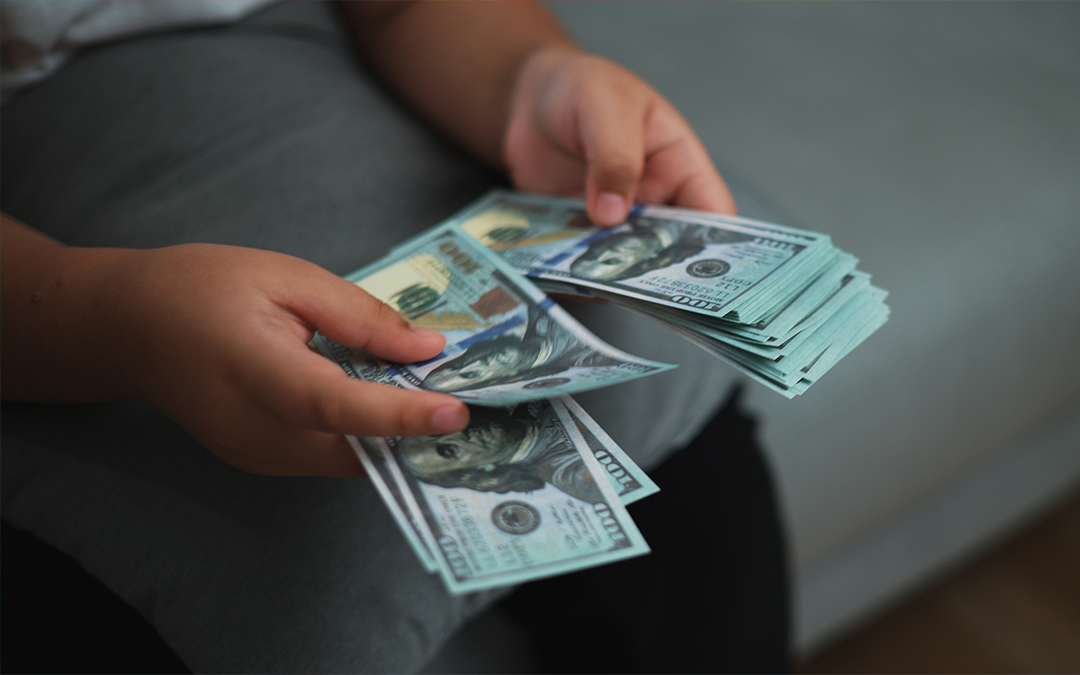Out-of-pocket therapy is astronomical these days, and it can feel like affordable therapy is nowhere to be found. A quick google search and you’ll see therapists charging hundreds of dollars for a session that’s less than one hour. It can feel disheartening when you’re ready to receive emotional and mental health support, only to find out that it’ll cost an arm and a leg to get the help you deserve.
I’m a big believer that everyone deserves affordable health care, including mental health care. Those who want and need mental health support should be able to access it readily. Not only is it an injustice to withhold help from those who need it, but it is also a disservice to our communities. The health of our culture and society depends on the well-being of each individual, who makes up the greater whole.
It’s understandable why there’s a lot of disgruntled feelings around therapists charging so much, because great therapy comes at a cost.
So why do therapists charge so much?
As a therapist who values transparency, I think it’s important to openly share the answer with you. I hope that the answers are insightful and helpful in guiding you to advocate for yourself as you search for a therapist you click with.
1.Personalized Care
Any type of service that is personalized will be more expensive. Therapy is a customized service that fits your unique needs, preferences, circumstances, and personality. Each intervention should be tailored for you specifically. Personalized care also tends to be higher quality and has better outcomes, because your individual needs and success is the priority.
2.Education and Training
Therapists go through extensive education and training. A licensed therapist has a bachelor’s and a master’s degree, which is a minimum of 6 years of higher education. After completing academic requirements, practical training (3,000 face-to-face hours), supervision, and 2 state exams are needed for a therapist to continue practicing. Hard work, time, and thousands of dollars (sometimes hundreds of thousands) are spent on education and training alone. Therapists with specialized training or extensive experience in specific areas (e.g. trauma informed, eating disorders, child psychology) will most likely charge more for their expertise.
3.Maintenance
Maintaining licensure and certifications calls for ongoing education and fees for each therapist. Every 2 years therapists are required to have 36 continuing education credits, which involves attending workshops, seminars, and other training sessions. This ensures we stay current with the latest practices, law and ethics, and therapeutic standards.
4.Time and Availability
Therapy sessions are typically one-on-one and require a therapist’s full attention and time. Unlike mass-produced services, a personalized service limits the number of clients a therapist can serve, necessitating higher fees to sustain the business/practice.
5.Emotional Labor
The nature of therapy involves significant emotional labor for both the client and the therapist who is supporting the client. To maintain a balanced, healthy, and effective therapeutic practice, therapists should limit the number of clients they see. A typical therapy caseload is about 15-25 clients per week, and it is not advised to see more than 30 clients per week. Theoretically, a therapist can see more clients and charge less, but the emotional toll of holding each individual’s story, trauma, and pains can lead to burnout. Less clients + higher fee = a more present, rested, and attentive therapist. We cannot be tired therapists, because each client deserves our entire attention and care.
6.Increased Demand
The stigma around mental health is decreasing (thankfully!), which means more people are seeking therapy. Unfortunately, mental health issues continue to rise, and thus, the demand for mental health services also increases. In some areas, if resources are depleted and the demand continues to be high, therapists may charge higher rates to keep up with costs and demands.
What are lower-cost options?
Understanding the factors that impact the price of therapy does nothing to lower your cost. Please don’t give up on yourself and your mental health. You deserve to work with a good therapist and experience mental and emotional freedom and peace. Some options for affordable mental health include:
- Sliding Scale Fees
A sliding-scale fee is a flexible payment system in which the cost of therapy sessions is based on a client’s income and financial situation. The fee is scaled according to the client’s ability to pay, and periodically, the therapist and client may reevaluate the client’s financial situation to adjust the fee as necessary (typically if there are any significant changes to income or financial circumstances).
To find sliding scale therapy, you can:
- Ask therapists directly. Many therapists are willing to discuss financial arrangements and work with clients to find a manageable rate. Sometimes, there may be a waitlist, or the therapist may refer you to a colleague who can work with you.
- Check therapy directories. Certain therapy directories (like PsychologyToday and TherapyDen) allow you to filter searches by therapists who offer sliding scale fees.
Community Mental Health Centers often provide free or low-cost mental health services. They are mostly funded by local government or nonprofit organizations. Organizations like the National Alliance on Mental Illness (NAMI) can help connect you to affordable resources.
Online therapy platforms can be a hit or miss, but they are a great place to start looking for affordable care. Online platforms provide financial aid to those who qualify. I know people who have had great luck being matched with a therapist they instantly click with. If this is not the case for you, know that you can advocate for yourself and request a provider change for a better fit.
Services provided by trainees under supervision
Universities with psychology or counseling programs often have training clinics where graduate students provide therapy under supervision—I call this the 2-for-1 special since you’re technically getting help from 2 professionals for the price of 1. These services are usually offered at a reduced cost since the trainee therapist is not yet licensed.
Insurance
Review your health insurance plan to see what mental health services are covered. Many plans include mental health benefits that can significantly reduce the out-of-pocket cost of therapy. Some insurance plans will require you to cover the copayment, which is often much less than the cost of therapy. You can also ask your therapist if they provide superbills, which are invoices given by the therapist that you can submit to your insurance company for reimbursement. Not all insurance plans offer reimbursement for superbills, but if they do, it enables you to recoup some of the costs associated with the out-of-pocket therapy services.
Group Therapy
Group therapy is a great alternative for those seeking therapeutic services and are not able to afford the full fee for individual services. Group therapy sessions are often less expensive than individual therapy and can be just as effective for many issues, including the added benefit of peer support and reciprocity. Peer support groups, like those organized by NAMI or Alcoholics Anonymous, are typically free and can provide valuable support and resources.
Self-help Resources
Books, podcasts, online courses, and mobile apps focused on mental health and therapeutic topics can be helpful and a great intermediate step until you find a good fit with a therapist.
Providing affordable care is part of each therapist’s personal, professional, and ethical responsibility to contribute to our communities. I encourage you to contact therapists and community resources for referrals, sliding-scale availability, and support in finding an option that works for you.
You deserve it!

